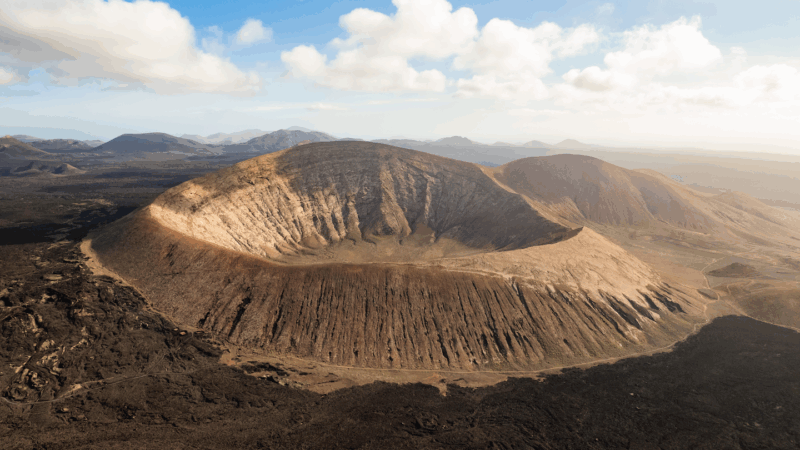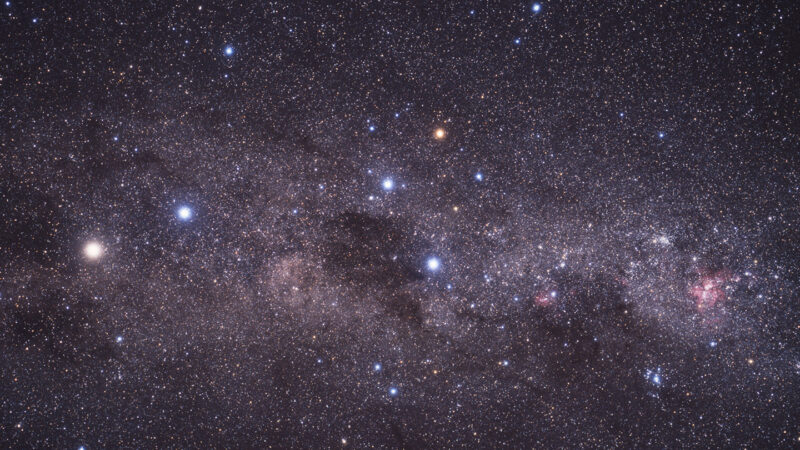Rocket propellants (noun, “Rah-kit Pro-PELL-ents”)
Rockets need two things to propel them forward. One is fuel. The other is a source of oxygen, or an oxidizer, to help burn that fuel. Together, fuels and oxidizers are known as rocket propellants.
Two common fuels for blasting off into space are liquid hydrogen and liquid methane. Both of these chemicals are gases at room temperature. But when cooled to extremely low temperatures, they become liquids that can be stored in tanks. Such super-cooled fuels are cryogenic. And they can be burned with a cryogenic oxidizer — liquid oxygen.
Once a spacecraft is up in space, cryogenic propellants may not cut it. Those liquids “may boil off if we’re going to be on a long mission,” says Stephen Heister. He’s an aerospace engineer at Purdue University. That’s in West Lafayette, Ind.
In space, “we would use what are called storable fuels,” he says. Kerosene is one example. It’s similar to the gas we put in our cars. Another storable fuel is a toxic chemical called hydrazine. These fuels are liquid at room temperature. They don’t need to be super-cooled. That makes them easier to store. “We have a whole array of different fuels that we use and an array of different oxidizers,” Heister says.
When it comes to storable oxidizer, hydrogen peroxide is one option. You might have seen this chemical at the store. “The hydrogen peroxide in the grocery store is all of 3 percent hydrogen peroxide. The other 97 percent is water,” Heister says. “The stuff we work with is kind of the opposite. It’s 97 percent hydrogen peroxide and only 3 percent water.” Another storable oxidizer is a substance called nitrogen tetroxide.
In a sentence
To travel between stars, spacecraft would need a boost beyond what today’s rocket propellants can provide.

















